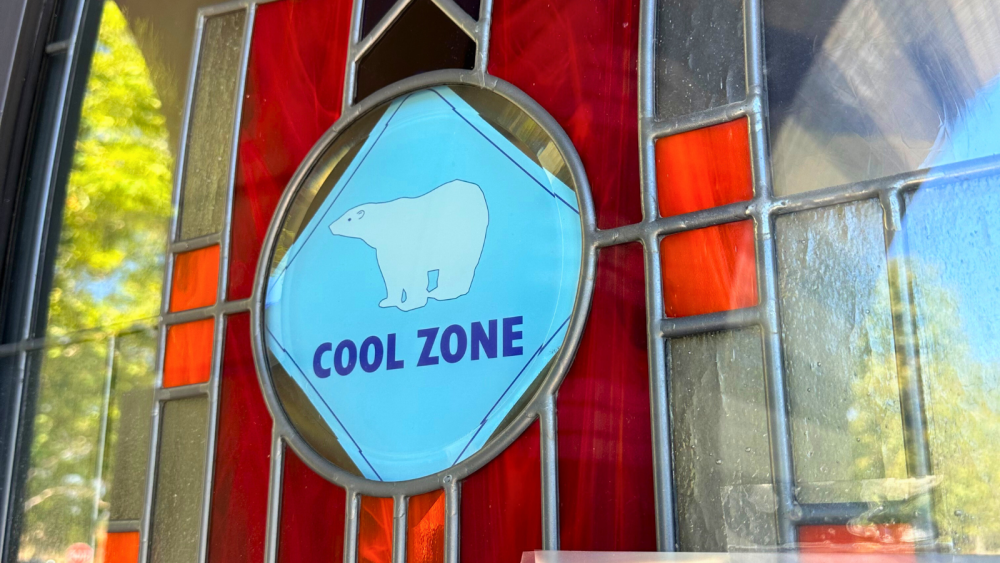City of San Diego Makes Cool Zones Available, Issues Safety Reminders During Heat Wave

With extreme heat in the forecast this week, the City of San Diego is reminding residents about available Cool Zones in City libraries and recreation centers, and is calling on hikers to use caution when visiting Open Space trails. Hikers are encouraged to go with a friend, limit outdoor activity to early morning hours and pack plenty of water.
Extreme heat is responsible for more annual deaths than any other weather-related hazard. In these hot conditions your body has to work hard to stay cool. During extreme heat, everyone is encouraged to avoid overexertion and to stay hydrated. Never leave people or pets in a vehicle. Also, assist those at higher risk of heat-related illnesses, including children, pregnant people, older adults, outdoor workers and those with pre-existing health conditions.
The following Cool Zone locations will be open when the outside temperature hits 85 degrees. Service animals will be allowed entry. Please note, regularly scheduled programs and recreational activities may be taking place in these locations.
- All San Diego Public Library locations during open hours
- Azalea Recreation Center, 2596 Violet St.
- Balboa Park Activity Center, 2145 Park Blvd.
- Canyonside Recreation Center, 12350 Black Mountain Rd.
- Kearny Mesa Recreation Center, 3170 Armstrong St.
- Martin Luther King Jr. Recreation Center, 6401 Skyline Drive
- Montgomery Waller Recreation Center, 3020 Coronado Ave.
- Mountain View Community Center, 641 S. Boundary St.
- Nobel Recreation Center, 8810 Judicial Drive
- Pacific Beach Recreation Center, 1405 Diamond St.
- Ranch Bernardo-Glassman Recreation Center, 18448 West Bernardo Drive
- San Carlos Recreation Center, 6445 Lake Badin Ave.
To view a full list of Cool Zones in the City of San Diego with hours and more information, visit the Places to Cool Off webpage.
San Diego continues to experience more frequent and intense heatwaves. Research shows by the 2040s, the average daily high temperature could be 5 degrees Fahrenheit higher than it is now. By 2100, the number of heat wave days is projected to increase by 20% to 50%.
To help communities adapt and recover from these extreme heat events and other climate change-driven hazards, the City developed the Climate Resilient SD plan. To see how the City is working to adapt to extreme heat and for more resources on how to prepare for the hot days ahead, visit the Climate Resilient SD Heat webpage.
